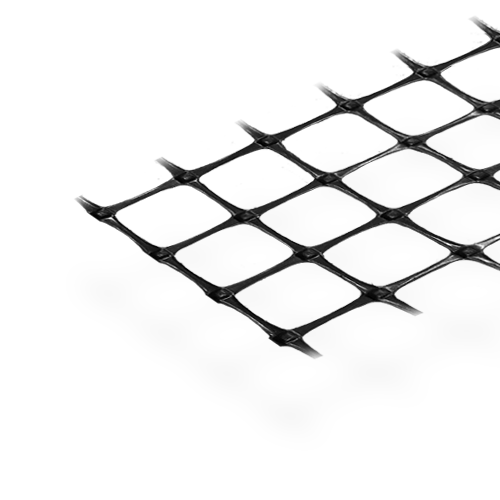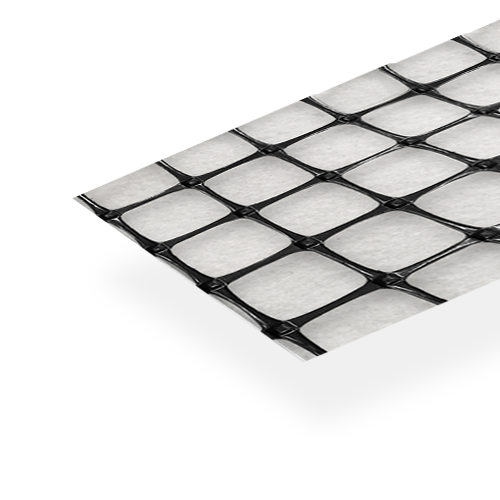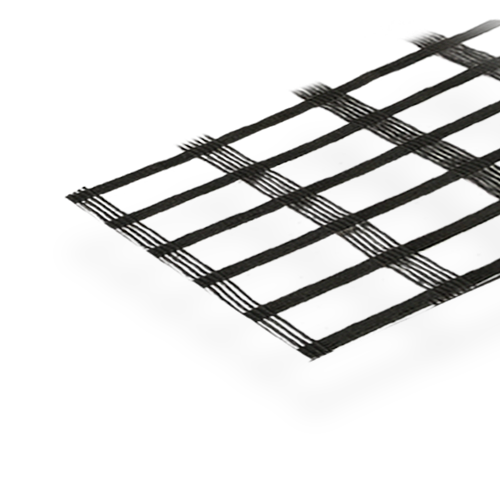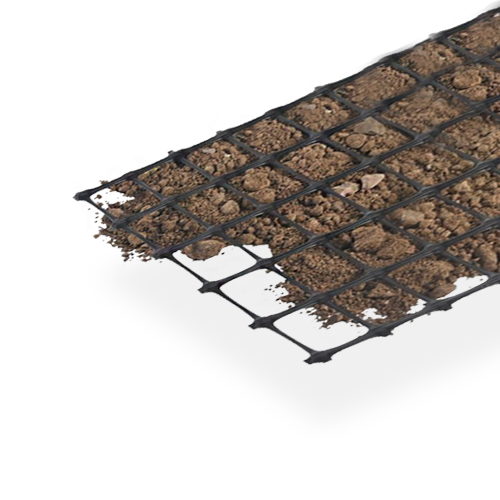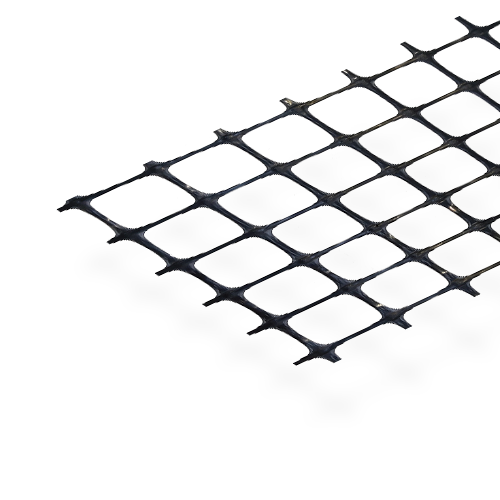About
Geogrids
Geogrids are engineered polymeric materials that have an open grid-like appearance. The principal application for geogrids is the reinforcement and/or stabilisation of natural soils and aggregates.
Geogrids can be stiff and rigid or flexible depending on the polymer and manufacture process.
The most common polymers used are Polypropylene, High Density Polyethylene, Polyester or Glass Fibre. The polymers can be made into an engineered geosynthetic by the process of extrusion, punching and drawing a sheet of polymer, knitting or weaving. Some polymers such as PET and glass are usually coated in another material such as PVC or Bitumen to offer protection and stability to the yarns or fibres.
Geogrids can be utilised to reduce layer thicknesses in road pavements, increase pavement life, reduce maintenance and reinforce soil to allow the construction of soil walls, slopes and embankments that would not be economically possible without these innovative materials.
Geogrids allow the construction of engineered soil reinforced structures with a design life of up to and exceeding 120 years.
Benefits of
Geogrids
- Large stock holding nationwide to provide fast delivery
- Extensive range to suit different applications
- Tested in a certified Laboratory in New Zealand
- NZTA Approval*



